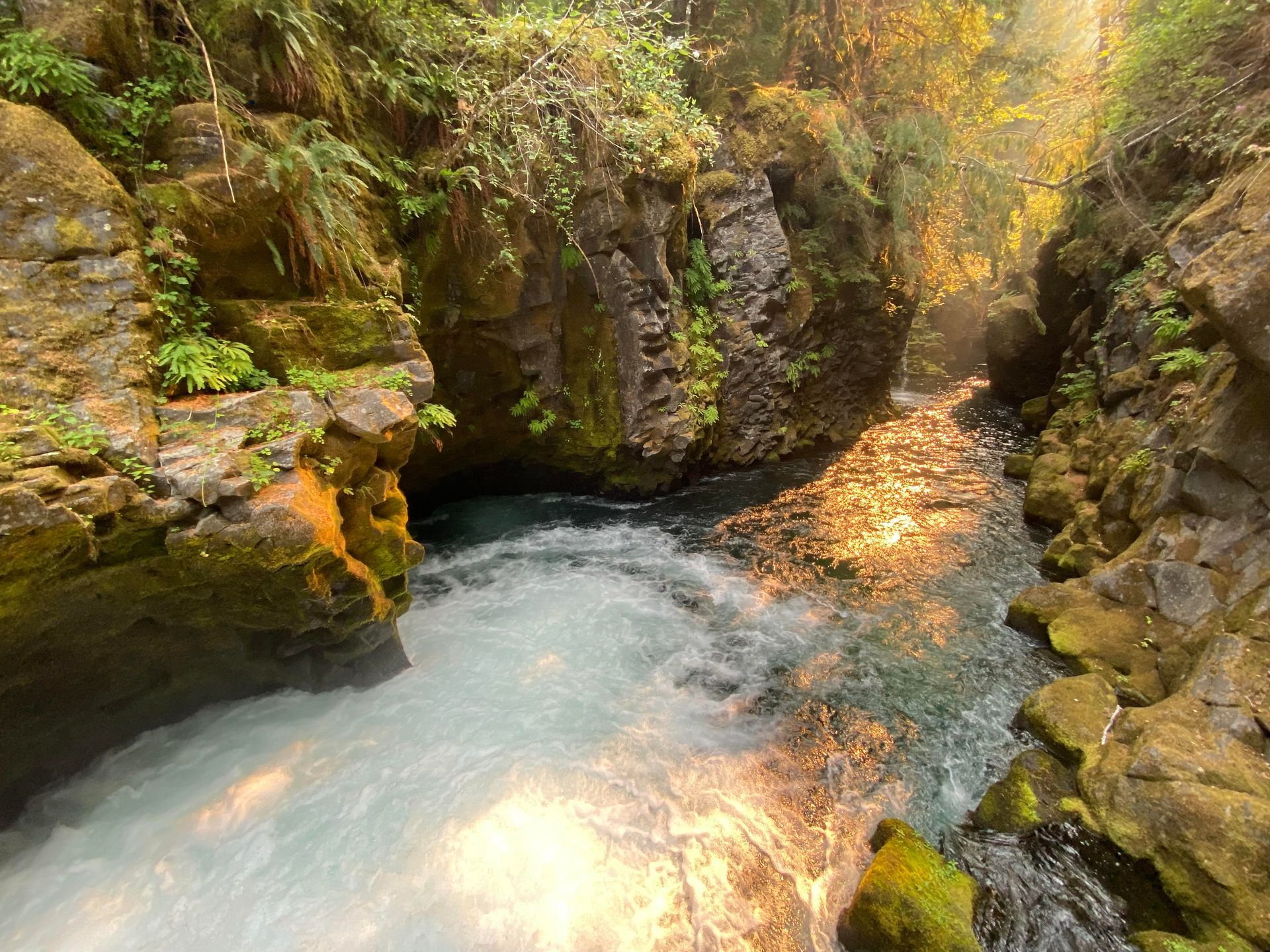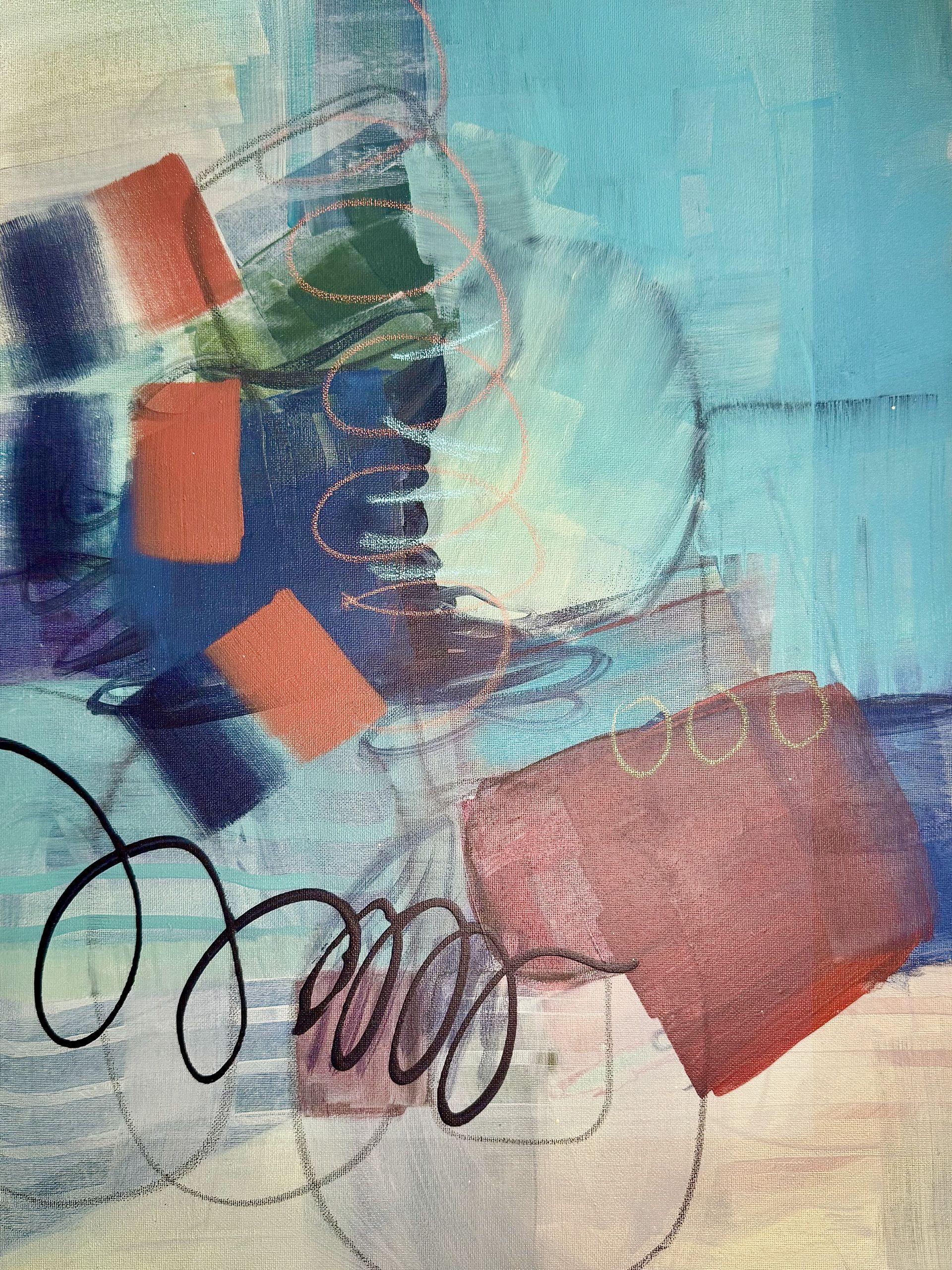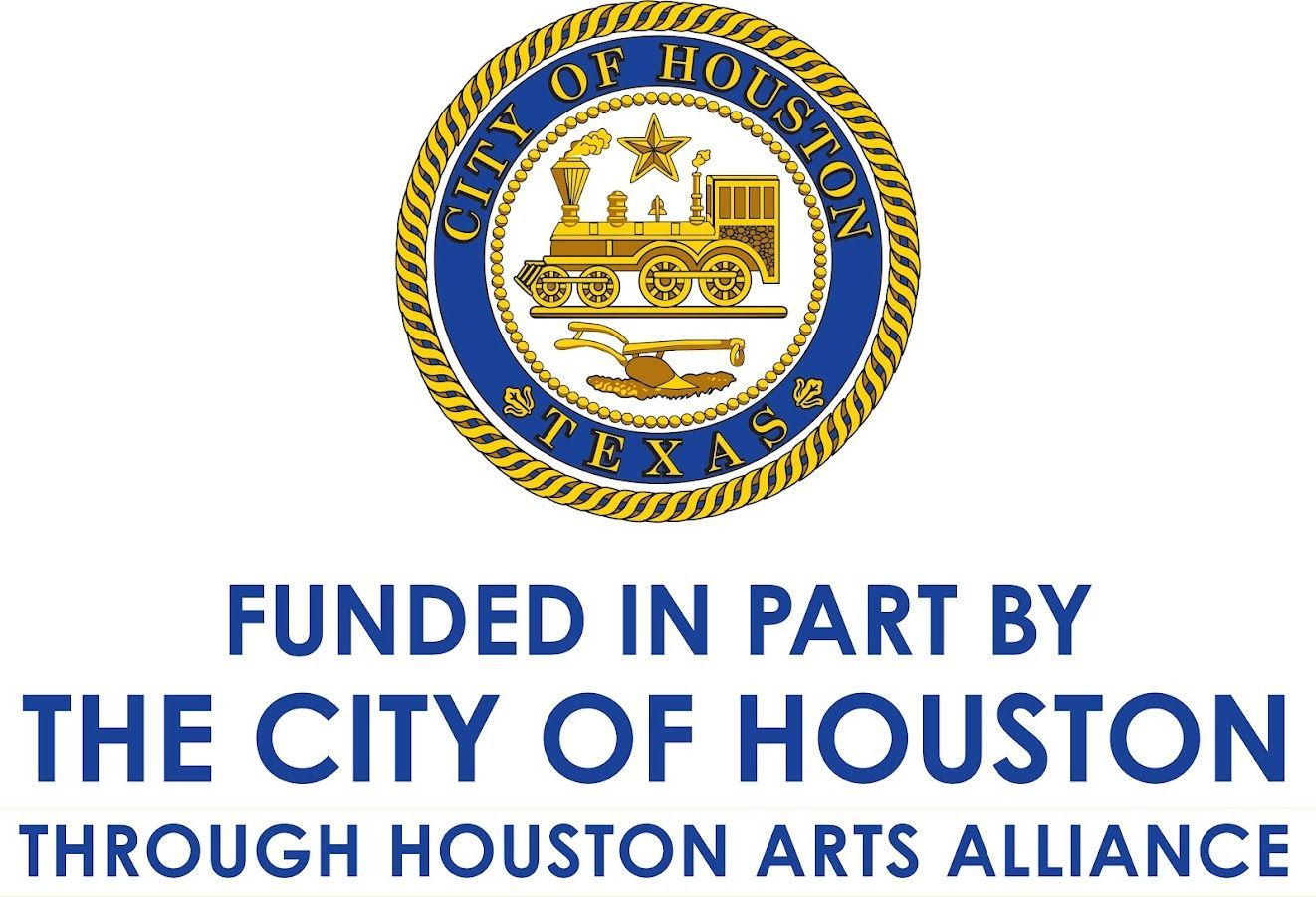Loneliness and the Longing for Real Connection: A Spiritual Renaissance
In an age of constant digital contact, why are we still aching with loneliness? Loneliness, anxiety, and depression feed each other in a feedback loop, revealing how emotional and spiritual disconnection can mirror and magnify psychological suffering.
More than 1 in 5 adults report serious, chronic feelings of loneliness (Harvard, 2024). And while our minds reach for obvious explanations — social media, remote work, the breakdown of community — the root often runs deeper.
Dr. Lisa Miller, clinical psychologist and author of The Spiritual Child, names what many of us intuitively feel: loneliness is not just a social issue — it’s a spiritual crisis. She reminds us:
“When we feel lonely, we may have narrowed our perception of reality, forgetting we are innately connected — to one another and to a larger, spiritual consciousness” (Miller, 2023).
In Jungian terms, this is a loss of archetypal grounding. Carl Jung wrote that our spiritual needs are as vital as food or safety (Jung, 1928). When these needs go unmet, we begin to feel unmoored — not just emotionally, but existentially.
Loneliness is the soul’s alarm bell and a call to return to what is sacred and alive within us.
From Dopamine to Oxytocin
We are living in a dopamine-driven world, where likes, messages, and quick hits of digital feedback mimic connection but rarely nourish it. But true belonging happens through oxytocin — the hormone of trust, touch, and presence. One gives us the rush of being noticed. The other gives us the roots of being known.
We are not starving for more information. We are starving for intimacy, for a spiritual resonance for the kind of connection that doesn’t flicker out when the screen goes dark.
Our Disconnection from Nature, Spirit, and Soulful Community
As we drift further from nature, spiritual rituals, indigenous wisdom, and collective healing, we lose the very threads that once held us together.
We’ve traded sacred communities for curated content.
And yet, something ancient is stirring. As Dr. Miller observes, we may be standing at the threshold of a spiritual renaissance, a reawakening of our longing to live in communion with the sacred (Miller, 2023).
Many of us feel the pull to return to sacred circles, to breath and experience stillness, to forests and rivers, to each other. A kind of collective tapestry to bond and heal.
Real Connection: A Grounded Return
So then, what is real connection?
It is presence.
It’s being witnessed in our wholeness — not just our highlight reel. It’s communal care.
It’s a shared breath. Shared silence. Shared story.
It is the remembrance that we belong — to one another, and to something greater than ourselves.
Jung would call this the reunion with the Self — a return not just to intimacy with others, but to soul-level grounding in who we truly are.
At The Jung Center’s Mind Body Spirit Institute, we believe healing happens in relationship — with ourselves, community with each other, and the sacred. This is where we bring the numinous to life.
As James Hillman reminds us in The Thought of the Heart and Anima Mundi, our deepest psychological and spiritual healing depends on the return of the soul to the world. To end loneliness, we don’t need more noise–we need more noticing. We need to hold relational space, as the forest does, linked by a vast mycelium network, present into reverent communion.
References
- Harvard Graduate School of Education. (2024). What’s Causing Our Epidemic of Loneliness — And How Can We Fix It? Usable Knowledge. Retrieved from https://www.gse.harvard.edu/ideas/usable-knowledge/24/10/what-causing-our-epidemic-loneliness-and-how-can-we-fix-it
- Miller, Lisa. (2023). The Great Spiritual Decline. Big Think. Retrieved from https://bigthink.com/the-well/the-great-spiritual-decline/
- Jung, C.G. (1928). The Structure and Dynamics of the Psyche, Collected Works Vol. 8, para. 403. Princeton University Press.
- U.S. Department of Health and Human Services. (2023). Our epidemic of loneliness and isolation: The U.S. Surgeon General’s advisory on the healing effects of social connection and community. Office of the U.S. Surgeon General. https://www.hhs.gov/sites/default/files/surgeon-general-social-connection-advisory.pdf






